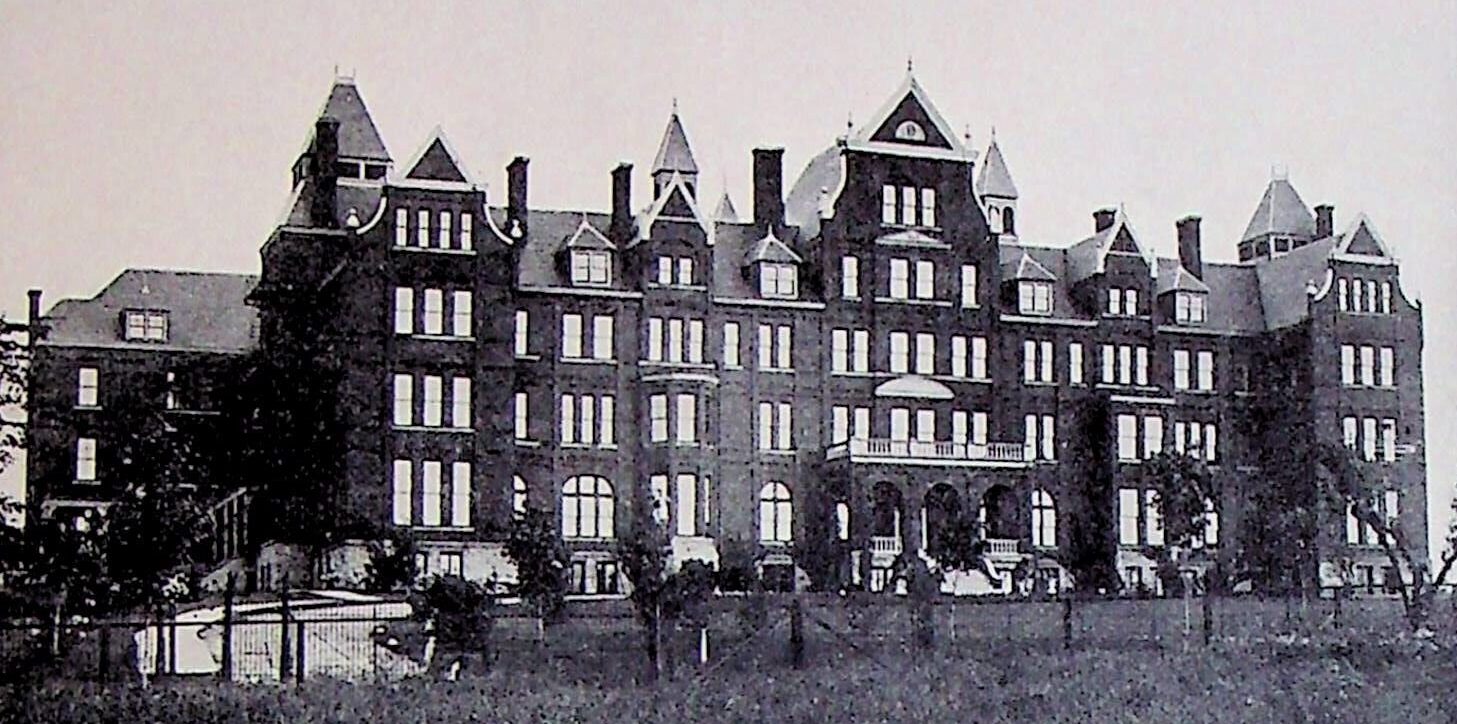1890s
The 1892 at WPID: A Decade of Growth and Innovation
The 1890s marked a significant period of growth and advancement for the Western Pennsylvania Institution for the Deaf (WPID). This decade saw infrastructural improvements, educational expansions, and new opportunities for students to thrive academically and vocationally.
In 1884, gas lighting illuminated the Main Building, allowing students to read, write, and communicate even in the evenings. However, by the summer of 1890, WPID transitioned to electric lighting, installing 300 electric lamps to replace the gas lights. This modernization greatly enhanced the learning environment, reflecting the school’s commitment to innovation.
Mr. George Teegarden, a printing instructor, launched WPID’s first school newsletter, “The Holiday Gazette,” with its inaugural issue published on December 25, 1890. In 1893, Harry Branson, a former foreman and editor at the Ohio School for the Deaf, took over as printing teacher. Under his leadership, “The Gazette” evolved into “The Western Pennsylvanian” (WPAN), with the first issue released on February 1, 1893. Branson further expanded the school’s publications by introducing “The Little Pennsylvanian” for younger readers during the 1907-08 academic year.
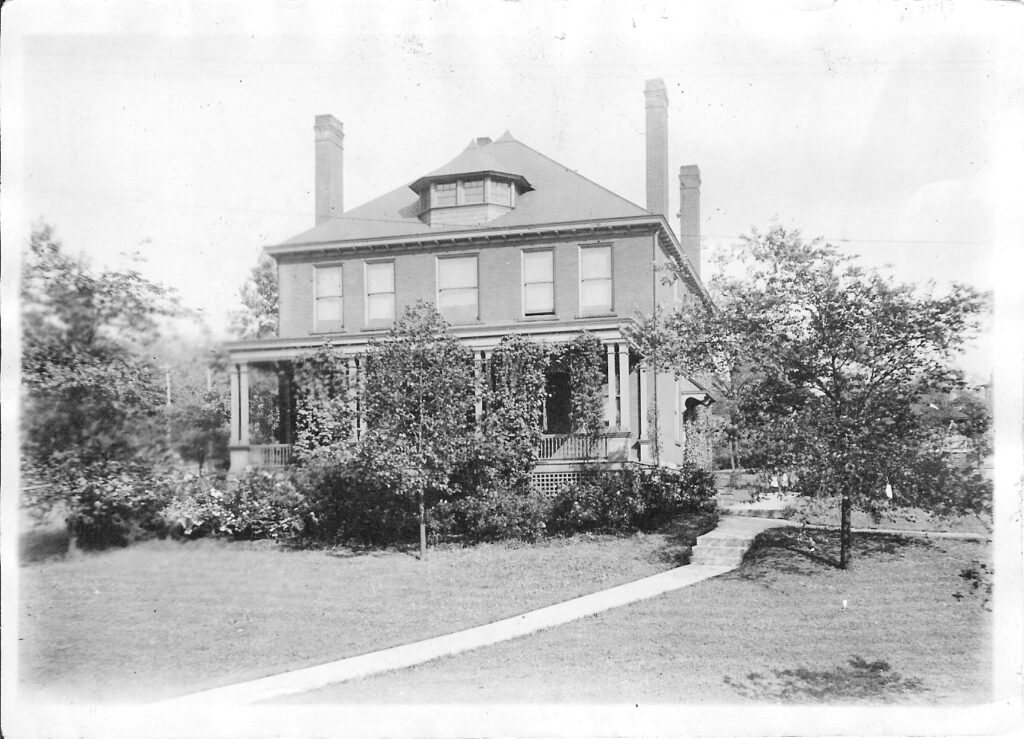
A significant milestone in vocational training occurred with the construction of the Girls’ Industrial Building by students from the woodworking shop. This two-story facility featured a kitchen, dining room, sitting room, and laundry on the first floor, while the second floor housed five bedrooms. The building served as a center for teaching girls essential household skills, including cooking, cleaning, laundry, and nursing.
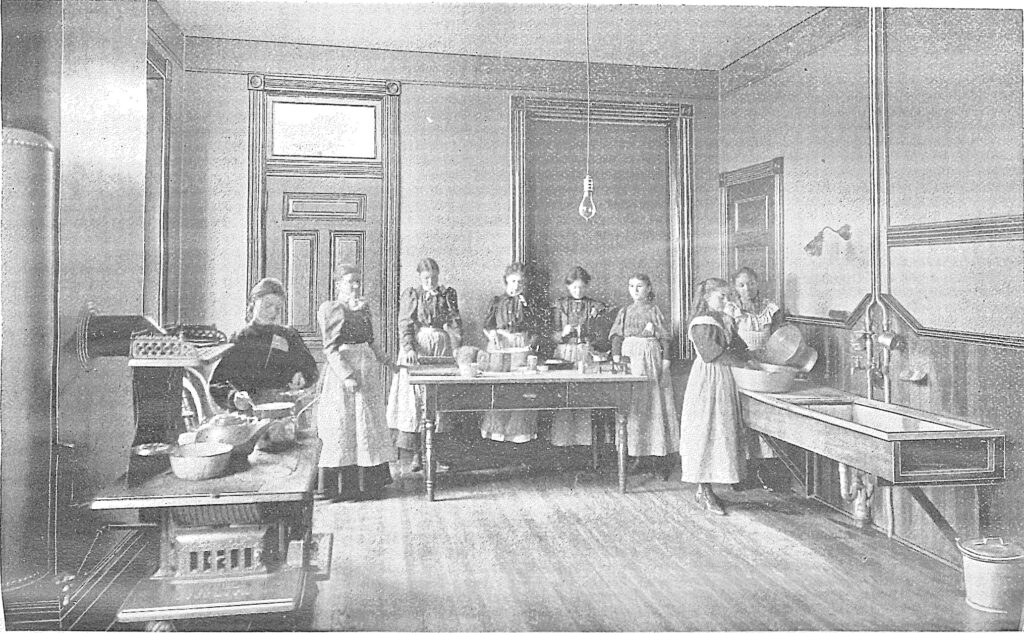
Cooking classes were incorporated into the curriculum, equipping girls with the ability to measure ingredients, read recipes, and practice table manners and meal service.
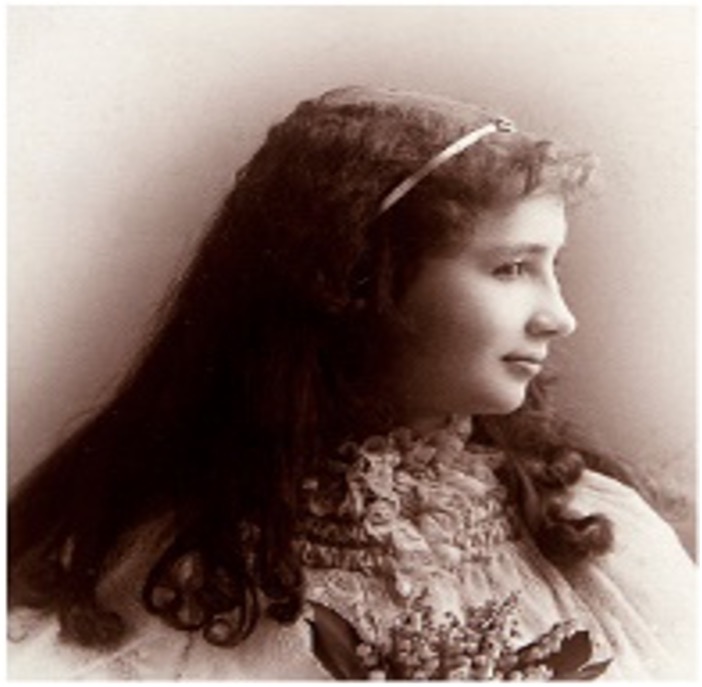
A highlight of the decade was the visit of Helen Keller and her teacher, Miss Anne Sullivan, which left a profound impact on WPID students, inspiring them to pursue greater achievements. In 1894, WPID established the Boys’ and Girls’ Society to prepare students for life beyond school. This initiative aimed to instill practical skills and a sense of responsibility. Additionally, Boys’ and Girls’ Reading Clubs were formed, fostering literacy and leadership by electing officers annually.
Expanding Facilities and Enrollment as WPID’s enrollment surged, the need for expanded facilities became evident. Classes were divided, with new students grouped into oral and manual method classes to cater to diverse learning needs. The growing student population necessitated the construction of new buildings and facilities.
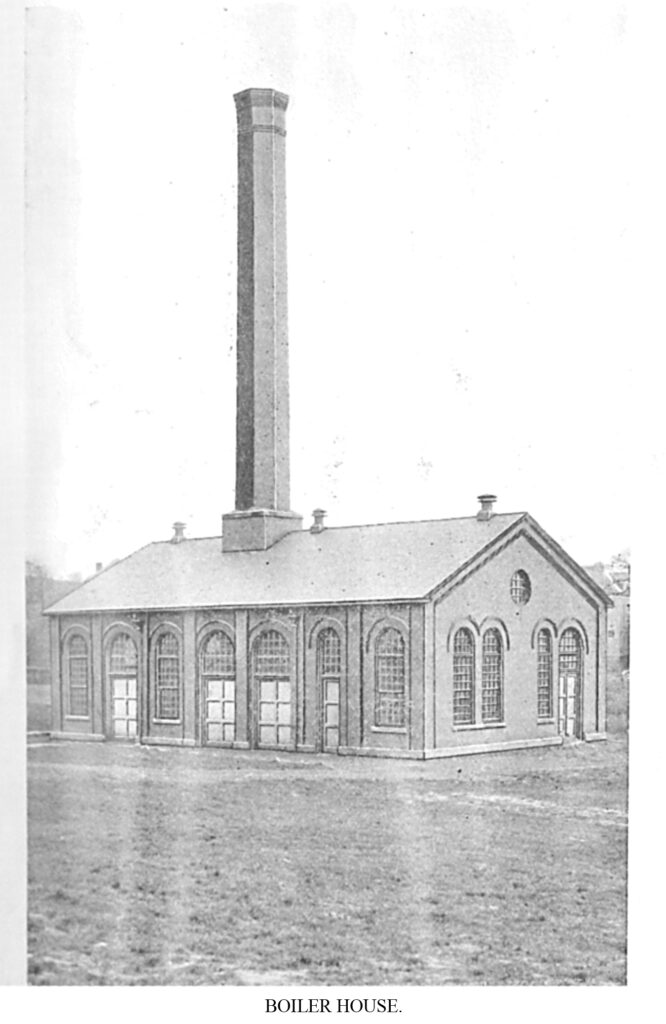
The Boiler House, with its tall chimney, was constructed 300 feet from the Main Building to reduce fire risks and minimize smoke and soot near classrooms. Meanwhile, A.U. Downing, a dedicated teacher, founded the “English Language Club” to promote spelling and discourage reliance on sign language.
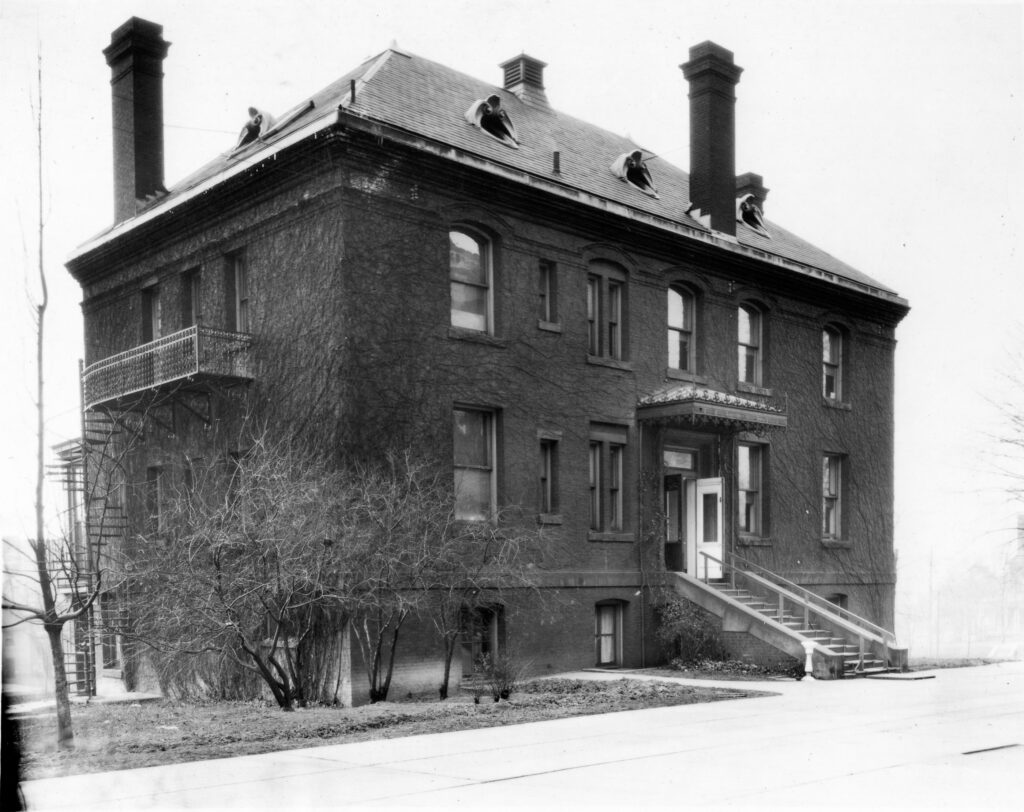
Recognizing the need for better medical facilities, the school dedicated a new Infirmary on June 17, honoring William and Jane Holmes, whose generous donation made the project possible. A commemorative tablet was unveiled to celebrate their contribution.
In 1898, the Boys’ Athletic Association selected purple and gold as the official school colors, fostering a sense of pride and unity among students. During the same year, construction began on a corridor connecting the new kindergarten building (Primary Building) to the Main Building. This expansion aimed to accommodate up to 60 kindergarten pupils, further enhancing WPID’s capacity to serve its growing student body.
The 1890s were a transformative decade for WPID, marked by advancements that enriched the academic, vocational, and social experiences of its students, laying a strong foundation for the future.
Tragedy and Resilience on December 14, 1899, a fire broke out in the attic of the boys’ wing (fourth floor) of the Main Building, rapidly spreading throughout the building. Despite the efforts of local firefighters, their equipment lacked the water pressure needed to reach the top floors. While almost all personal belongings were destroyed, some furniture was salvaged, and all 200 pupils were safely evacuated.
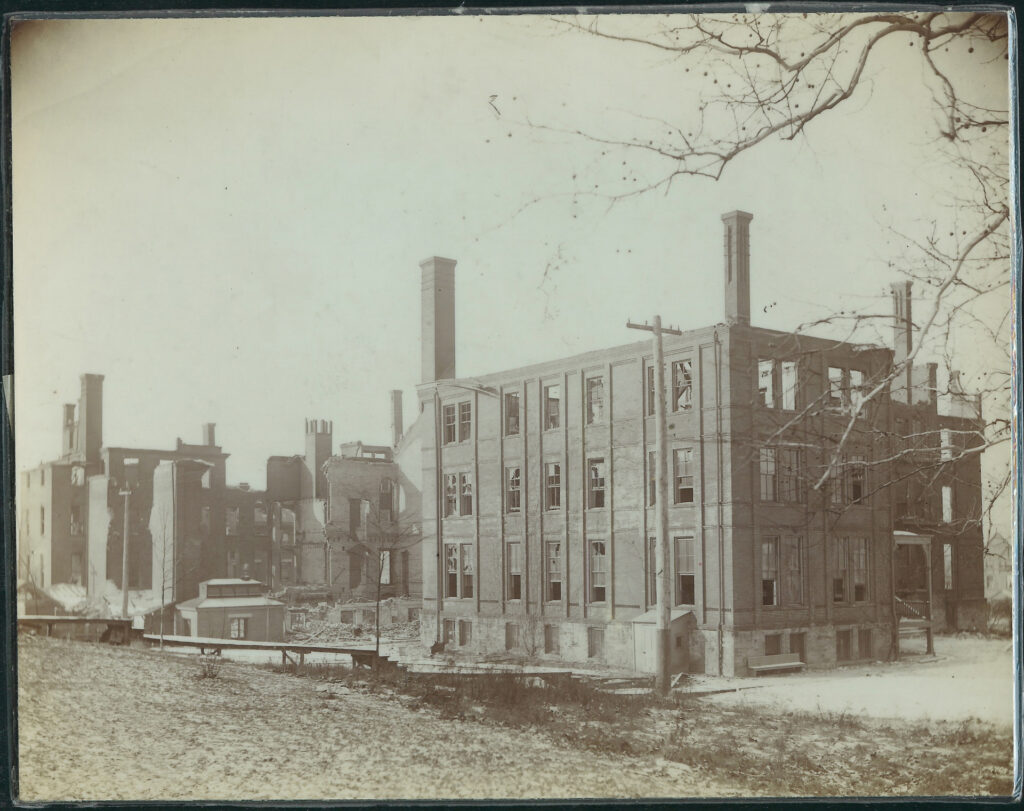
Following the fire, the shoe shops were relocated to the Boiler House. About 30 boys took up residence in the Boys’ Industrial Building, while 30 girls were provided with bedrooms and sitting rooms in the Girls’ Industrial Building. The remaining pupils awaited accommodation until the completion of the Primary Building in March.
